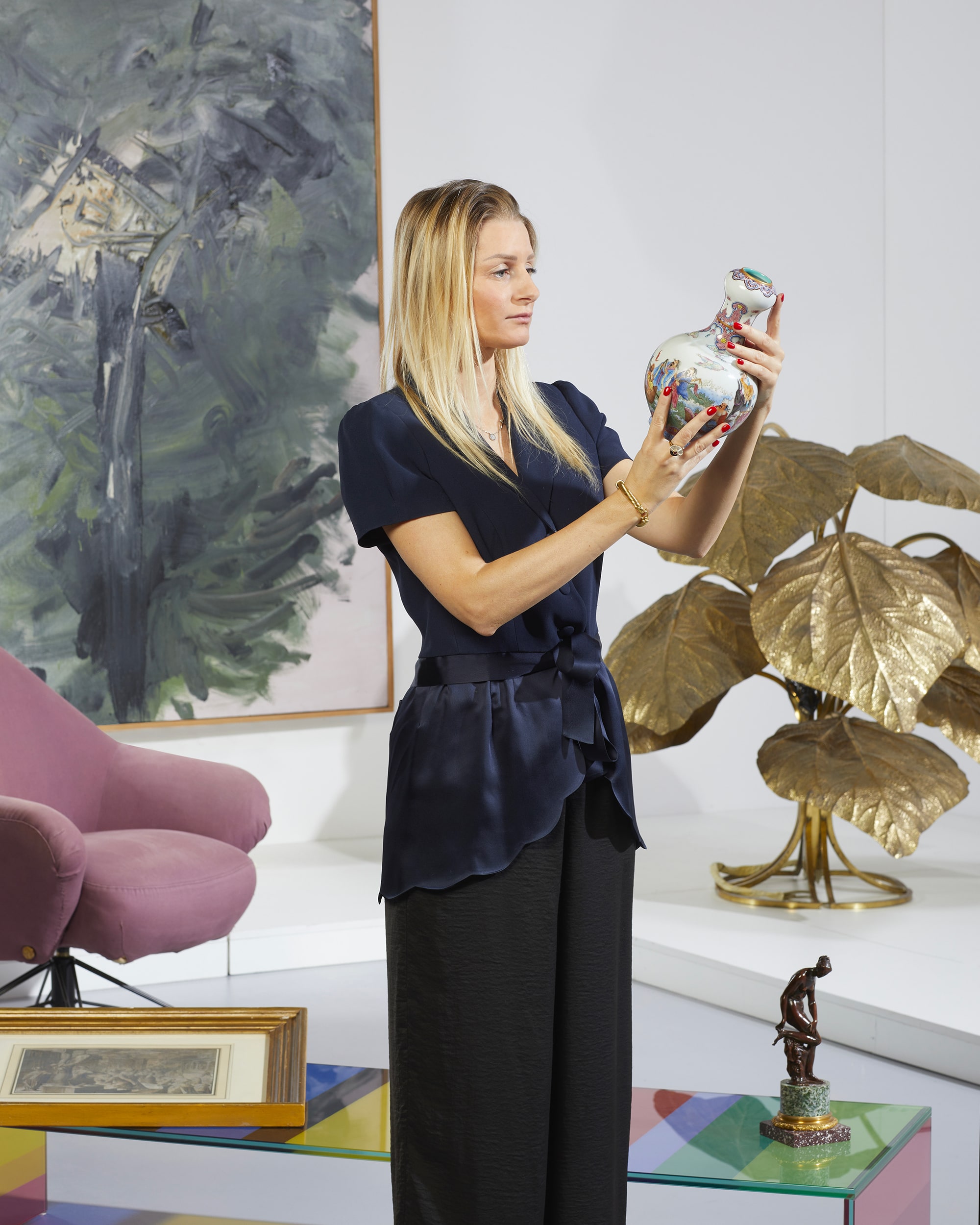Arturo Castelli Biography
CASTELLI, Arturo. - Born in Brescia on 20 June 1870 to Luigi and Livia Rossi, he was self-taught, although he had been a student at the Moretto art school. C. worked with A. Zuccari on the decorations (arabesques and friezes) in Villa Bertelli in Nozza. He obtained flattering acclaim at the II Venice Biennale (1897) with Music (Rome, Cantù coll.); contemporary is the Model (Brescia, Decca coll.). Followed by the Virgins, exhibited at the III Biennale (1899), and Architecture (Brescia, owned by Lonati); in 1900 he exhibited in Milan, at the Milanese exhibition of the century, Pensatori, part of the polyptych I flowers (Brescia, Gall. d'arte mod.), presented complete in Venice in 1901, and in Brescia (exhibition at Pal. Bargnani) a head of the Redeemer. His sketch of an armed Brescia (Brescia, Ferrata coll.) dates back to 1904, a subject developed in the fresco for the staircase of the Loggia, where G. Cresseri also worked, and with this he carried out other works in public and private buildings of Brescia: in 1908 Agriculture (sketch in Brescia, owner M. Paroli) and Industry and Commerce on the staircase of the Brescia agricultural credit (see Illustr. bresciana, 16 July 1908; Brixia, Oct. 1919, p. 357); a frieze with cherubs, flowers and animals in pal. Togni (1906-08). A member of the University, in 1907 he exhibited the Middle Ages (Brescia, Feroldi collection) and Ancient Militia (Brescia, Mod. Art Gallery) at the Venice Biennale. to which we must add Sogno (Brescia, coll. V. Bettoni); in 1911 he took part in the direction of the Tosio Martinengo Art Gallery and then became a teacher at the Moretto art school. From 1915 is the lithograph Ora nera (see Emporium, XLII [1915], p. 318; Brixia, 16 May 1915) and from the following year the watercolor La Patria for a volume of verses inspired by war events. Also from those years are the Portrait of the daughter (Brescia, owner V. Togni), Venice (1917; Brescia, Admin. prov.; Brescia, owner Lucini), Il Lago Barbellino (1916; Brescia, coll. Feroldi); from 1918 are La sera a Bondione (Brescia, owner G. Ferrari) and Ritratto (pastello, Brescia, owner Guidetti); from 1919 a female portrait (Brescia, owner E. Ferrari) and other canvases presented at the Exhibition of the foyer of the Teatro Grande in Brescia (reviewed in La Prov. di Brescia. 7 Jan. 1919). The last demanding work was the fresco decoration in the parish church of Padenghe (Brescia), completed shortly before his death, which occurred in Brescia on 12 November. 1919.







